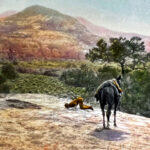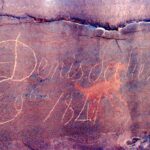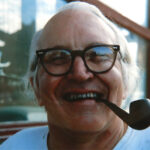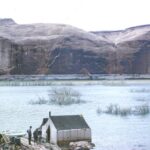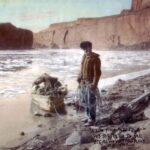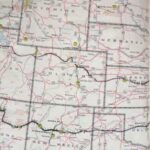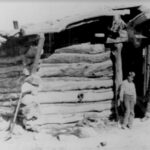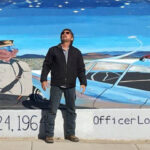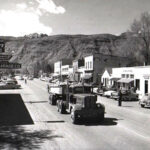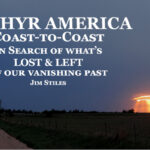
A compilation of the Zephyr America series that appears exclusively on the Zephyr Facebook page (almost every Wednesday morning). These posts contain additional photographs not seen on Facebook…
…For the last few months, I’ve added a regular feature for those of you who follow us on the Zephyr Facebook page. But many of you don’t and, of course, as the latest FB post drops lower and lower on your screen and disappears from sight, it disappears from mind as well…at least it does me. So every couple of months, I’m going to compile the best of them here, in one website post. If you enjoy going back and having a look, it will be much easier now…In this first compilation I range from horses and cows, to sunsets and Tucumcari, New Mexico, to birds of any color, to Pinky, the Divine Dog of Buyeros, New Mexico…

